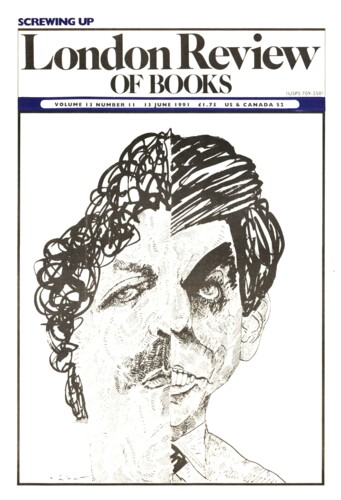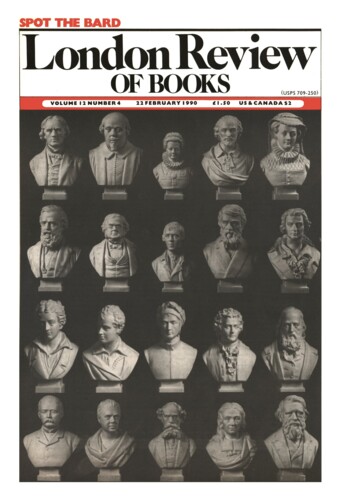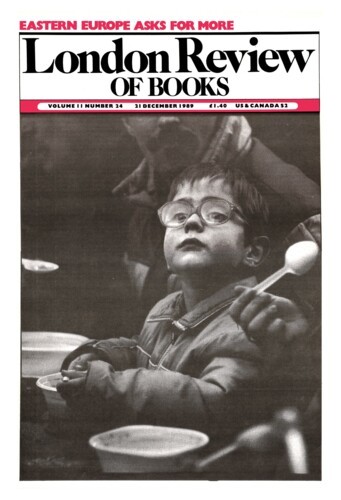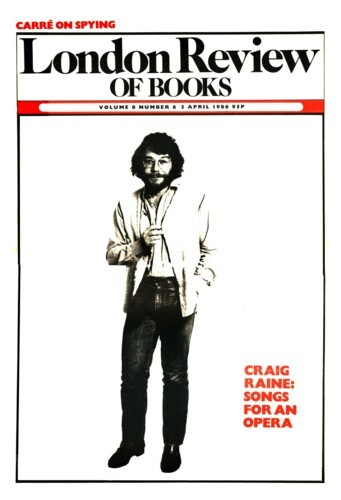Show us your corpses
Sam Miller, 13 June 1991
I arrived in Dhaka when the cyclone was barely 36 hours old and the official government death toll was a little over a thousand. My first appointment was a news conference given by the relief and rehabilitation minister, and I went along armed with what then seemed like a totally unbelievable rumour – that five thousand people had died on the island of Sandwip. I mentioned this rumour to the minister, who laughed at me. We now know that thirty thousand people died on Sandwip. For a long time no one – not just government ministers – could believe that the devastation was on such a scale I began to realise the following day. I flew over some of the worst-affected areas with a helicopter load of diplomats and photographers. We circled high above the islands and I could see waterlogged fields and fallen trees and some dead cattle. Then we descended in order to land in Chittagong, and I began to see what had really happened. Along the beach, in the fields, tangled up in trees, were human bodies. I counted almost a hundred that day. At Chittagong the military commander said he thought that as many as fifty thousand people might have died. A terrifying figure. I returned to Dhaka to find it had almost doubled. And I felt I could be shocked no longer.




